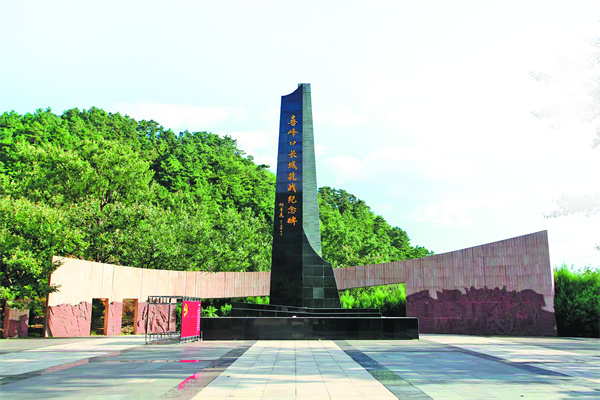Defending the Wall, honoring the heroes
Farmer's resolve and dedication reminds people of the great wartime spirit and resilience of the nation, report Wang Qian and Zhang Yu.


In a poignant twist, the Great Wall of China, the most famous ancient masterpiece of military fortification, witnessed another chapter of raw courage in 1933 — one written not in stone, but in blood, steel and unbreakable will.
As the 80th anniversary of the victory in the Chinese People's War of Resistance Against Japanese Aggression (1931-45) falls this year, this epic wartime event resonates in a valley, reminding people of the nation's strength and perseverance.
By 1933, all of Northeast China had fallen into the hands of Japanese invaders. The puppet regime "Manchukuo" was established to nominally rule the region. Consequently, the Great Wall, which was used in ancient times to defend the central Chinese dynasties against nomads to the north, once again became a front line of confrontation.
In January that year, in a surreal clash of ancient and modern weaponry, Chinese troops sought to defend the Great Wall from the combined forces of the Japanese army. As Japan's forces surged toward the Great Wall, the battle for Xifengkou, a strategic gateway 50 kilometers northwest of Qianxi county, Tangshan, in North China's Hebei province, erupted on March 9, 1933.




































